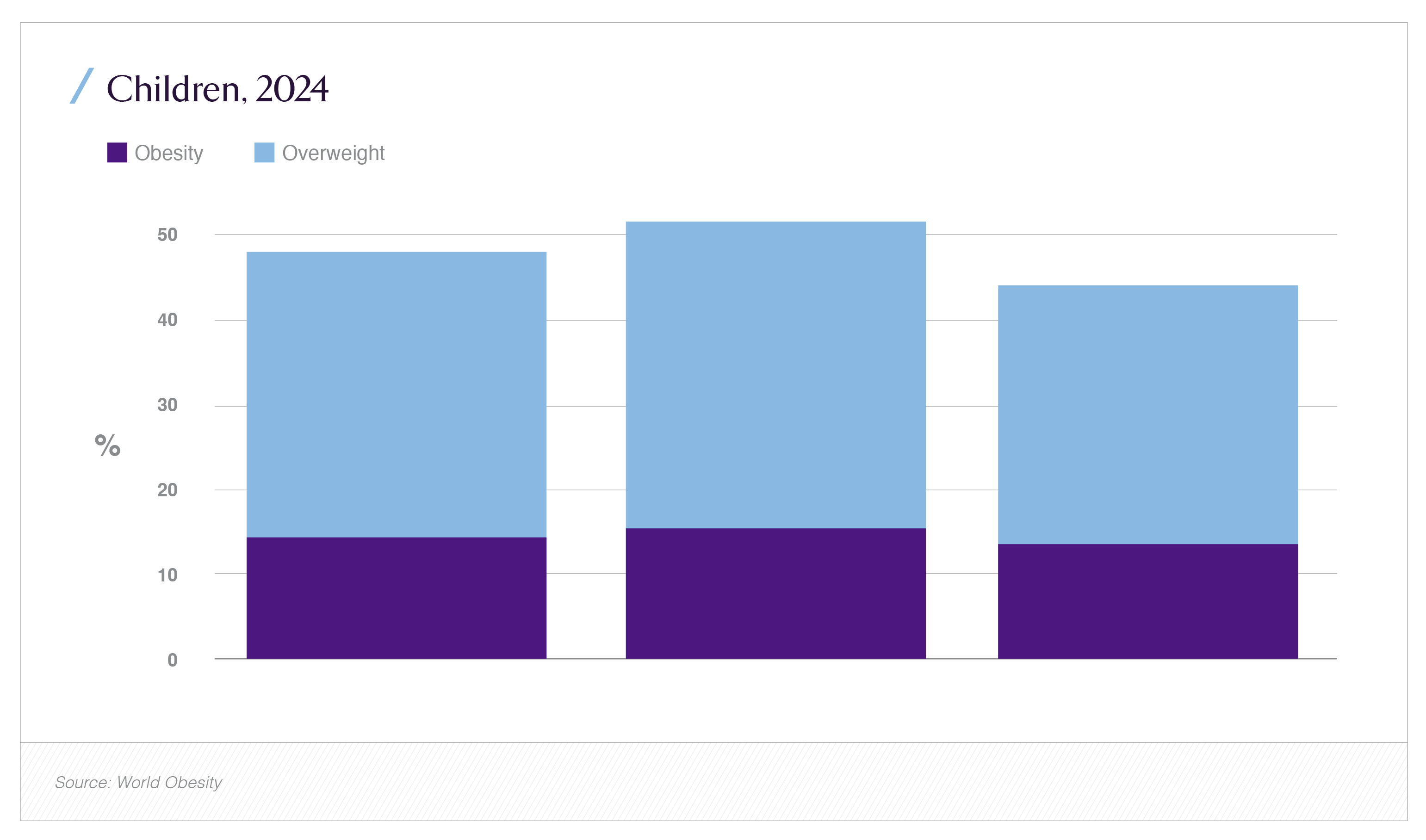In the last week, Saudi Arabia moved diabetes care from episodic case management to continuous, population scale operations. The newly launched national diabetes command and control center doesn’t merely aggregate dashboards; it turns live glycemic signals and behavioral cues into priority worklists for regional teams, each with service level targets for outreach and resolution. The operating logic is industrial: detect unstable physiology early, intervene within hours instead of weeks, and verify improvement on the same rail that raised the alert. When that cycle runs at national scale, admissions, bed days, and amputations begin to bend.
The platform rests on three pillars. First, telemetry, led by continuous glucose monitors (CGM), connected glucometers, pharmacy refills, and encounter data, normalized onto standards based rails. Second, orchestration, where a central console assigns tasks to cluster teams nurses, educators, and pharmacists who follow scripted micro interventions and escalate when necessary. Third, governance, which writes every action back to an auditable KPI stack: time to first contact, resolution rates, time in range (TIR) movement, and avoided acute utilization. Together, they transform diabetes from a clinic calendar into a system under active control.


The first question any allocator asks is, “Why now?” Because the disease burden is large, growing, and unevenly distributed, and because the country finally has the digital and organizational rails to run a national service line. The prize is not theoretical: fewer severe hypoglycemia visits and DKA admissions within a year; higher TIR and adherence within months; and within two years, measurable reductions in amputations and diabetes related bed days the cost drivers that dominate the tail of the distribution.
From episodic medicine to continuous operations
Most health systems still treat diabetes as a sequence of appointments: quarterly HbA1c, annual foot and eye screening, counseling when time permits. Meanwhile, glucose volatility plays out minute by minute. The mismatch produces predictable failure modes: silent microvascular injury, surprise severe hypos, and DKA that “comes out of nowhere.” The engineering fix is not mystical AI; it is situational awareness plus obligations. Awareness means live risk visibility; obligations mean time bound work: call this patient within two hours; schedule that one for titration tomorrow; move a third to retinal screening this week.
What separates a good pilot from a durable program is closure. Alerts without worklists produce frustration; worklists without SLAs produce drift; SLAs without audit produce theater. The Saudi design answers all three: a national console that prioritizes risk, regional pods that own action, and a KPI backbone that can be read daily by cluster managers and centrally by the Holding Company and the Ministry. When “find risk → fix risk” becomes muscle memory, labor productivity rises and acute volatility falls.

Why the GCC and Saudi are ready for scale
The GCC combines high metabolic risk with cloud ready regulation, digital payment rails, and state backed provider integration. Saudi has already proven centralized services can be clinical (Seha Virtual Hospital) and operational (national scheduling, pharmacy logistics). The diabetes command center is the logical extension: a disease specific, signal driven service designed to run at country scale. For investors, that reduces the two classic uncertainties in digital health fragmented procurement and unclear accountability. Here, one operating model governs ingestion, risk stratification, orchestration, and outcomes.
Anatomy of the command and control model
Ingestion and identity. CGM streams, glucometer uploads, pharmacy refills, lab panels, and encounter summaries land in a standards based broker keyed to a national identifier. Heterogeneous vendor payloads are normalized (FHIR/HL7), with tokenization and role based access controls for privacy and security.
Analytics and risk. Feature pipelines compute rolling TIR, glycemic variability, frequency and severity of lows, refill gaps, comorbidity markers, and recent admissions. A hybrid approach clear rules for obvious danger (e.g., repeated <54 mg/dL events) plus calibrated models for “rising risk” produces worklists sized for action, not paralysis.
Orchestration and execution. A central console pushes cases to regional care pods with SLAs for first contact and resolution. Micro interventions bedtime basal adjustments, meal timing coaching, sick day protocols are scripted for consistency. Escalations route to virtual clinics or in person appointments without leaving the rail.
Feedback and governance. Every touch writes back outcomes: restored TIR, avoided ED visit, adherence normalization. Dashboards roll to cluster and national views, supporting weekly operational reviews and quarterly program governance. Over time, model cards (inputs, calibration, override rates) sustain clinical trust.
What gets measured and why it pays
Leading clinical indicators: cohort level TIR shifts; hypoglycemia burden (events <54 mg/dL; ED visits per 1,000); DKA admissions per 1,000 insulin treated patients; HbA1c distribution migration (fewer >9%, more <7%). Lagging but high value endpoints: amputations per 100,000, diabetes related bed days per 1,000, and time from referral to retinal treatment. Operational equity: share of diagnosed patients connected to telemetry by age, sex, and district; alert to contact and resolution times; weekend/weekday parity.
These are contractable metrics. They underpin performance based agreements internally for clusters and externally for vendors whose fees can float with outcomes. They also have a direct P&L translation: reductions in hypo EDs and DKA translate into fewer admissions and ICU hours; labor spent closing priority cases instead of hunting for them raises productive capacity.
Investment lens: where value is created
Value accrues first to operators who can expand coverage, hit SLAs, and document outcome movement. Expansion grows the numerator of lives impacted; SLA discipline flattens acute volatility; documentation tightens exit yields because lenders and payers can benchmark performance. A second layer of value sits in platform extensibility: once the rail is live for diabetes, hypertension and heart failure can ride the same ingestion/orchestration logic with new feature sets. A third layer is data asset formation: longitudinal, consented telemetry linked to outcomes attracts research, trials, and device innovation, creating a flywheel that compounds talent and partnerships.
Architecture and governance that survive reality
The credibility of national digital health rests on being open, auditable, and resilient. Procurement should enforce plug compatibility (no bespoke protocols that bind the rail to a single vendor) and outcomes linked fees (a portion of payment contingent on cohort level gains). Security practice must treat consent and revocation as first class functions; de-identified research datasets should be produced by formal privacy pipelines, not ad hoc exports. Model risk management calibration checks, drift detection, override statistics must be published in plain language model cards so clinicians and the public can inspect them. Finally, degraded mode is not a footnote: device outages happen; the rail must hold last known good values, trigger manual follow ups, and surface system faults as operational alerts.
Six, twelve, and twenty four month waypoints
At six months, coverage is the canary. A meaningful share of diagnosed diabetics in priority clusters should be connected, alert queues should close within hours, and cohort TIR should show visible right shift. At twelve months, administrative data should confirm double digit percentage declines in hypo related ED visits and DKA admissions per 1,000 enrolled, with measurable gains in adherence and screening completion. By twenty four months, amputation rates and diabetes related bed days should begin to fall, and cost per patient should flatten or decline as avoided inpatient days outstrip the marginal spend on devices and coaching. These are literature consistent ranges when telemetry is coupled to real operations, not passive monitoring.
Where the rail will strain and what to do about it
Device equity and adherence are the first strain points. CGMs are potent but unevenly adopted. A risk tiered provisioning policy high risk cohorts first; lower cost kits and periodic uploads for stable patients prevents both over and under specification. Alert fatigue is the second risk; the cure is tiered thresholds, daily caps, and clinician driven tuning. Data trust is the third: plain consent language, easy opt out, and public audits of access prevent reputational drag. Workforce change moving from calendar medicine to queue medicine requires training, supervision, and incentives tied to closure and outcomes. And vendor lock in remains a strategic risk; the program must defend plug compatibility and resist arguments that “only our proprietary rail can save you.”
System integration: claims and eligibility as a proof point
One way to prove a command center is more than a dashboard is to show its compatibility with national digital rails already in service. Saudi’s NPHIES infrastructure, which processes payer–provider transactions at scale, is a live demonstration of throughput, reliability, and standardized semantics. Embedding the diabetes rail alongside these transaction flows eligibility checks, authorizations, e prescribing reduces friction, closes loops faster, and creates a unified operational picture across clinical and financial dimensions.
The relevance to investors is straightforward: when clinical orchestration sits next to financial rails, delays shrink, documentation improves, and the cost of capital falls because the platform’s operational risk is demonstrably lower.
Operator’s checklist
- Coverage first: Expand connected cohorts in priority clusters; measure equity by age/sex/district.
- SLA discipline: Track alert to contact and resolution times daily; staff to the queue, not the calendar.
- Micro interventions: Standardize ten high yield scripts (basal timing, sick day rules, carb ratios); audit for teach back.
- Pharmacy integration: Route refill gaps to pharmacists with delivery options; monitor proportion of days covered (PDC).
- Model hygiene: Publish model cards quarterly; log overrides; tune thresholds with clinician feedback.
Why this is investable not just admirable
Diabetes is the bellwether for chronic disease economics. A platform that reliably converts physiologic instability into faster action and fewer crises generates bankable cash flow improvements: lower acute spend, steadier labor productivity, and predictable outcomes that lenders can price. The same backbone is extensible to cardiovascular and renal lines, making the initial investment a wedge into broader preventive care. Add the research asset of longitudinal telemetry linked to outcomes in a diverse population, and the platform becomes a magnet for trials, post market surveillance, and digital therapeutic validation. In other words, the return is part clinical, part operating leverage, and part innovation dividend.
What to watch next
Watch the coverage curve the share of diagnosed diabetics on the rail by cluster and whether coverage is equitable. Watch SLA adherence and weekend resilience; chronic disease does not rest on Fridays. Watch cohort level TIR migration and hypo/DKA trends quarter by quarter. Watch retinopathy “refer to treat” lag a reliable proxy for whether the rail closes loops beyond glucose. Watch procurement language for plug compatibility and outcomes linked fees, and watch how quickly hypertension and heart failure ride the same rail. The shorter that interval, the stronger the moat.
Recap
Saudi’s diabetes command center reframes a common chronic disease as a nationally managed, continuously measured system. The core mechanics are simple: normalize data, prioritize risk, assign obligations with timers, and audit outcomes. The consequences are not: fewer crises, fewer bed days, fewer amputations, more daily stability, and a platform extensible to the rest of chronic care. For investors, the operative words are predictability and extensibility a combination that reduces risk, compounds value, and builds a durable public health asset.


















